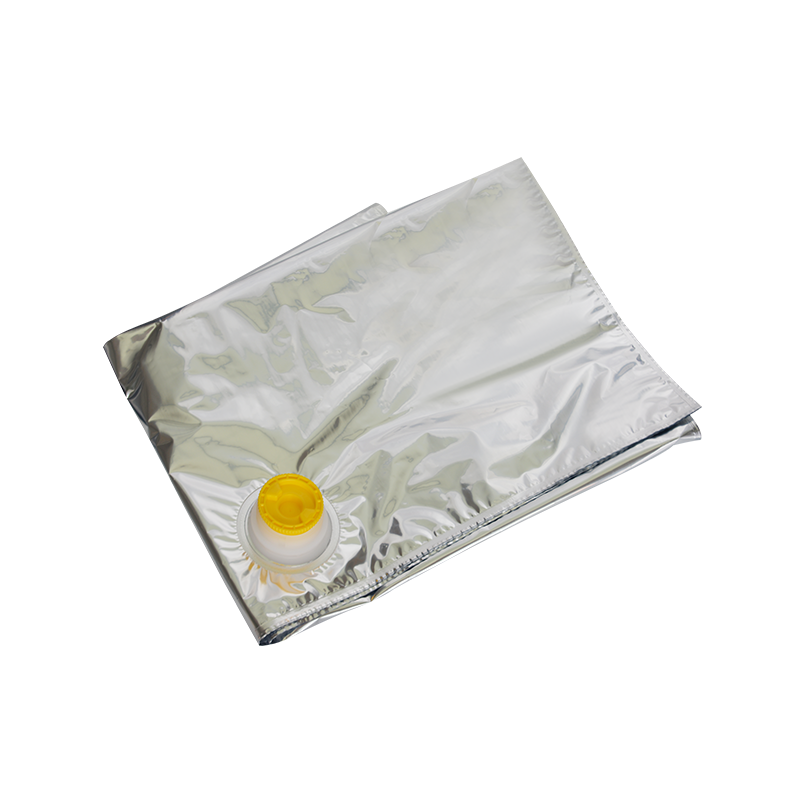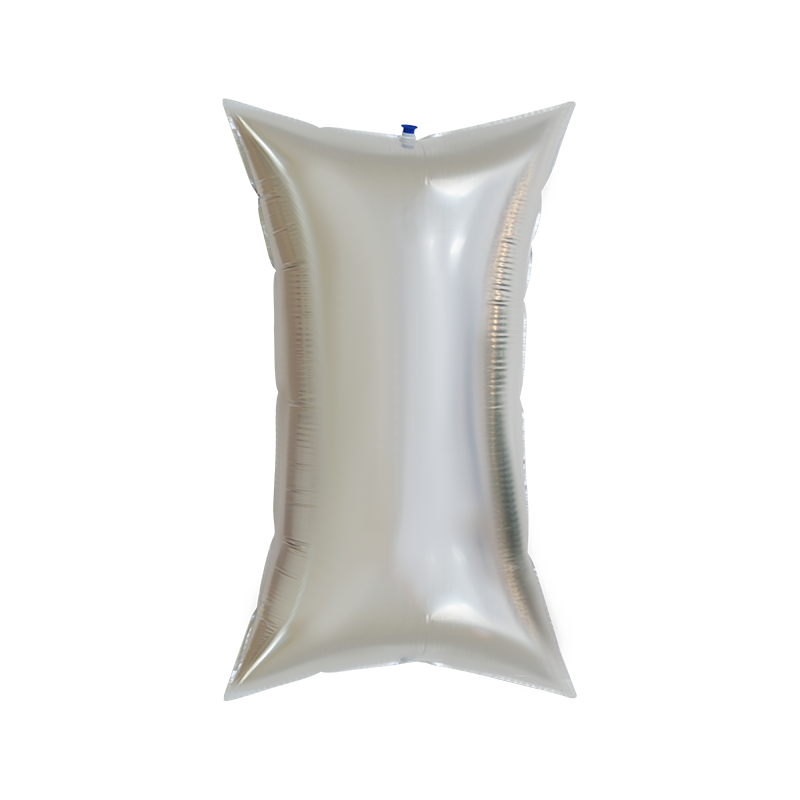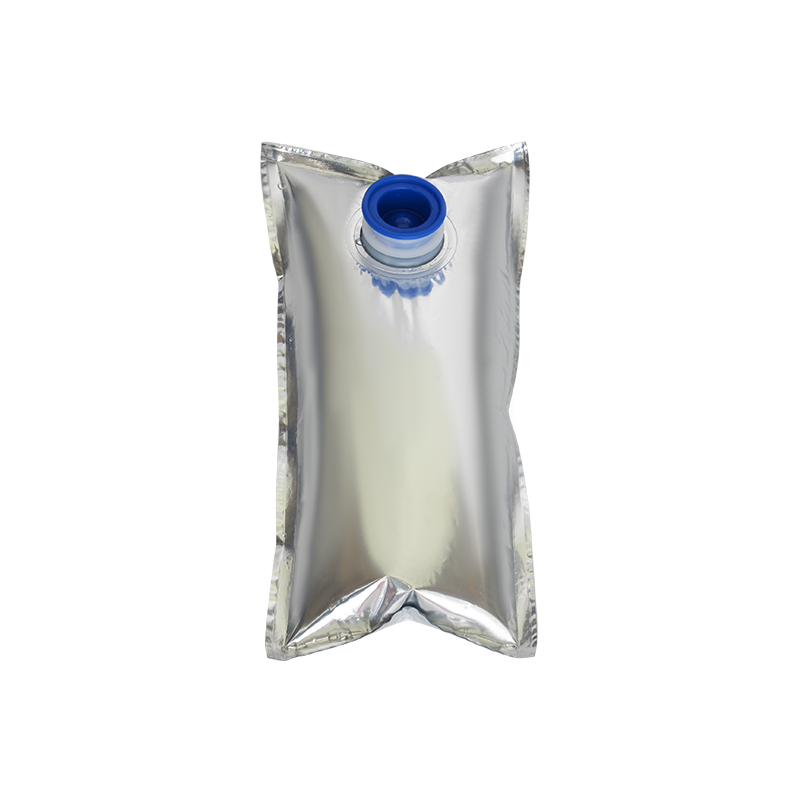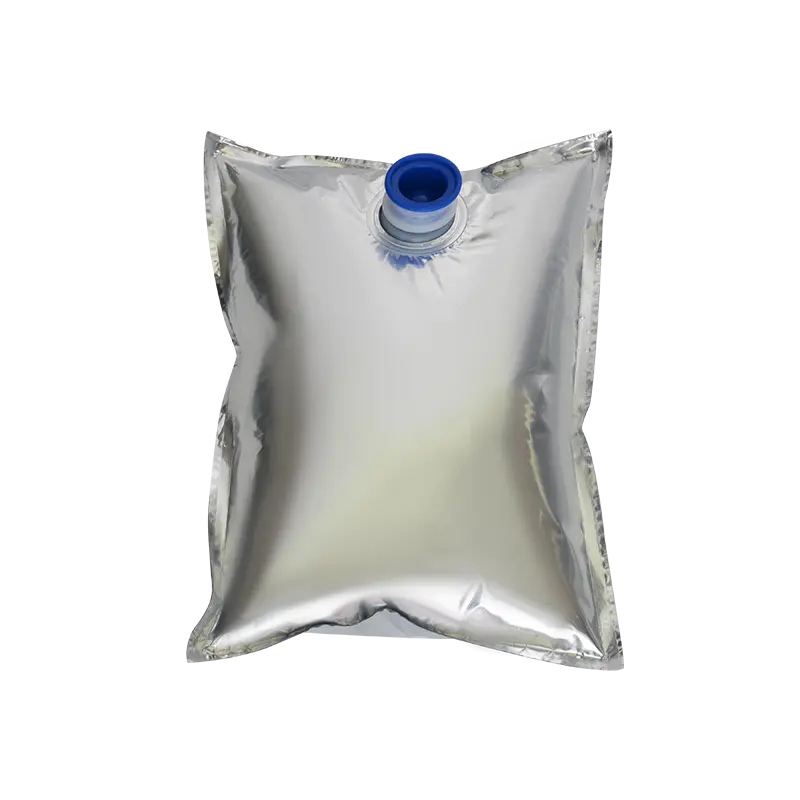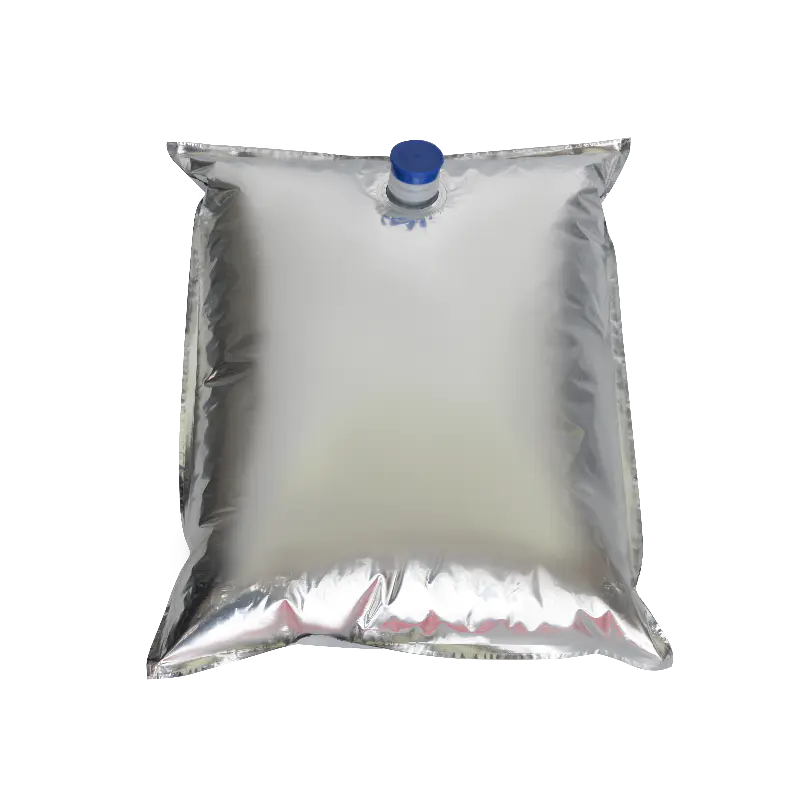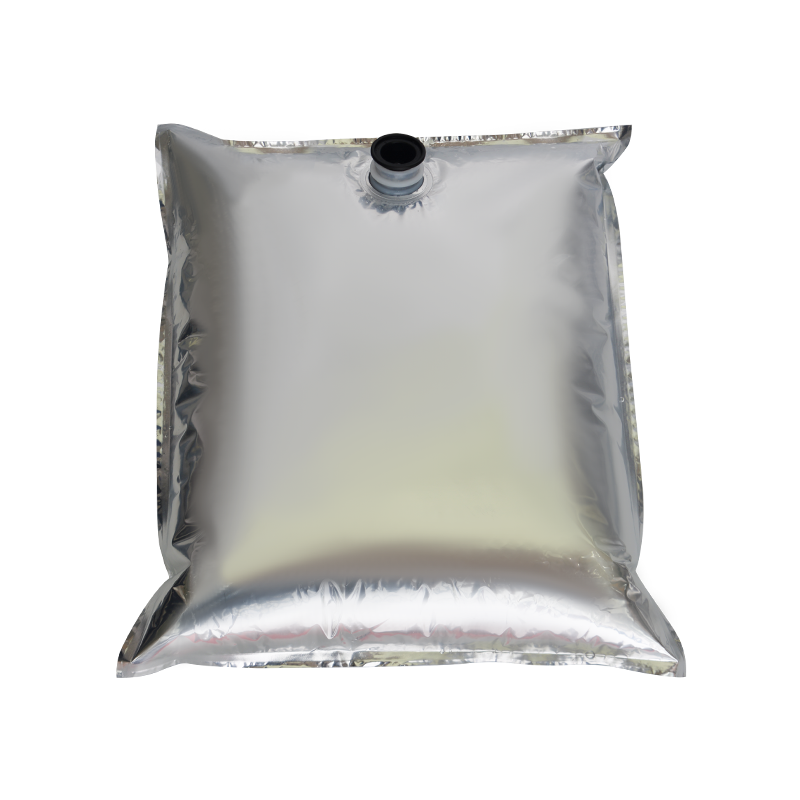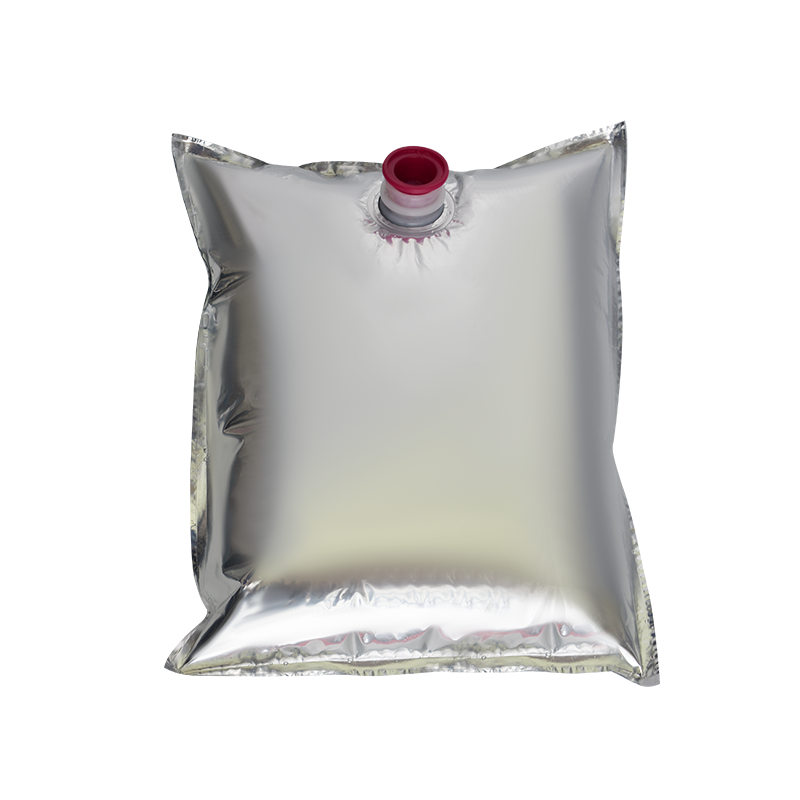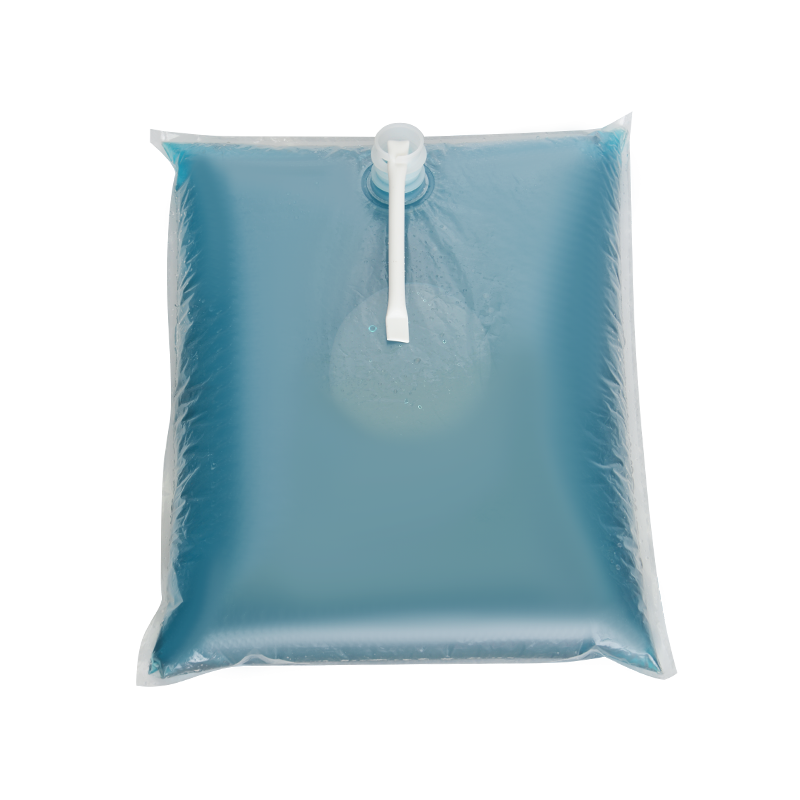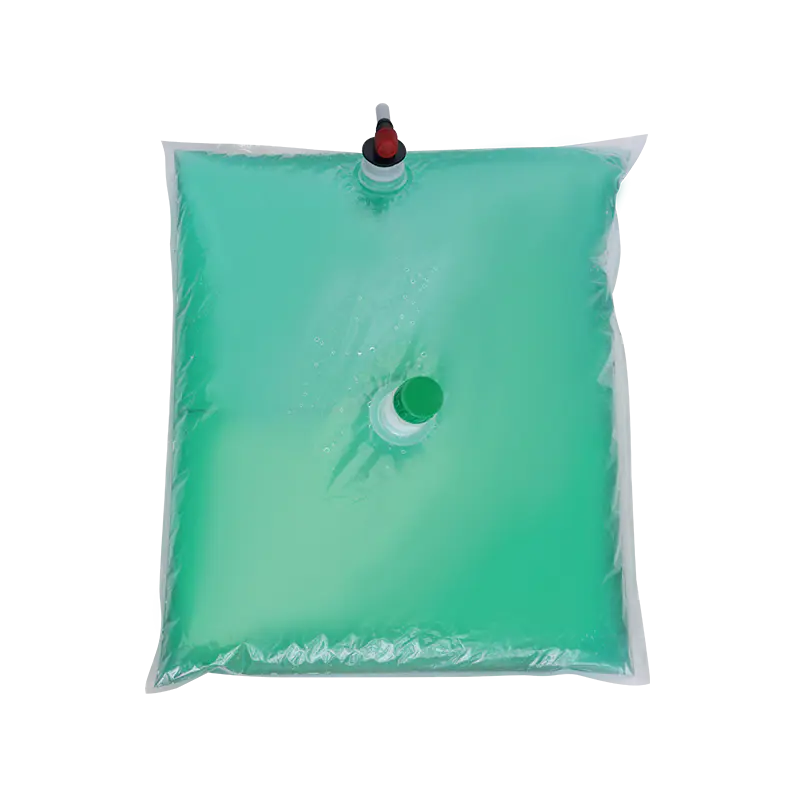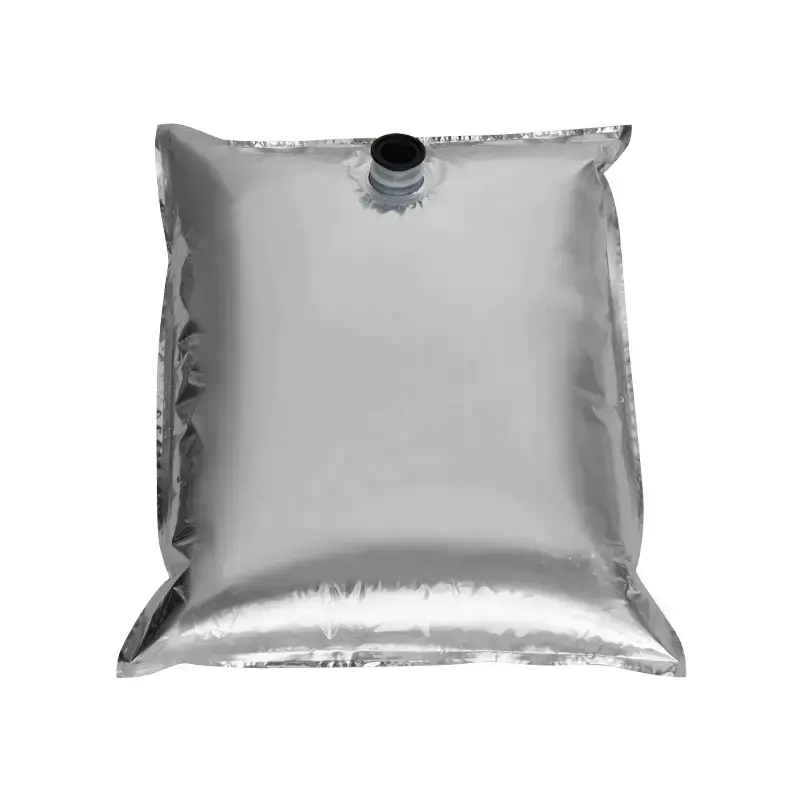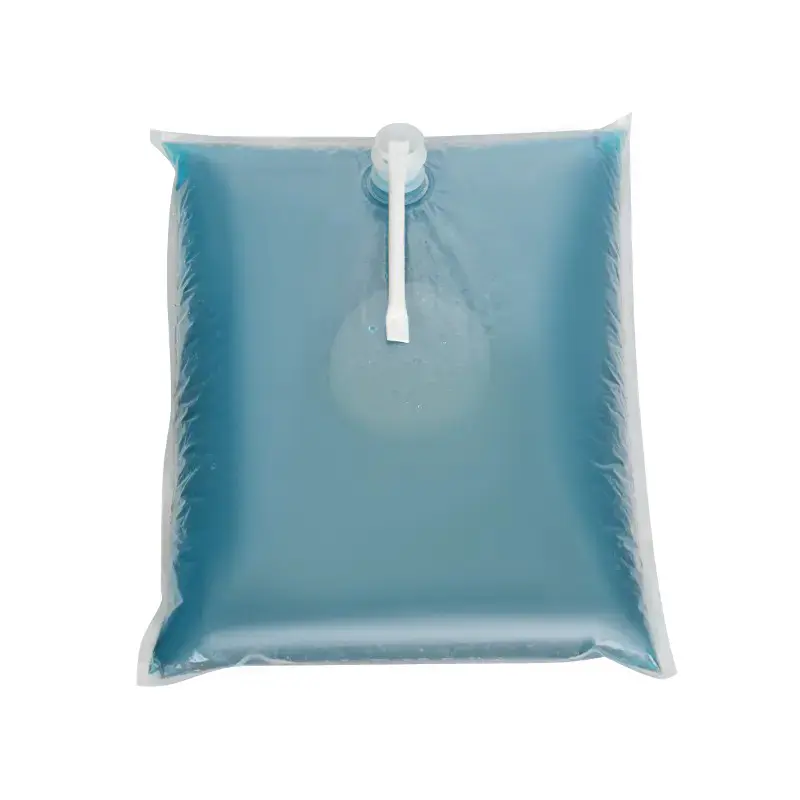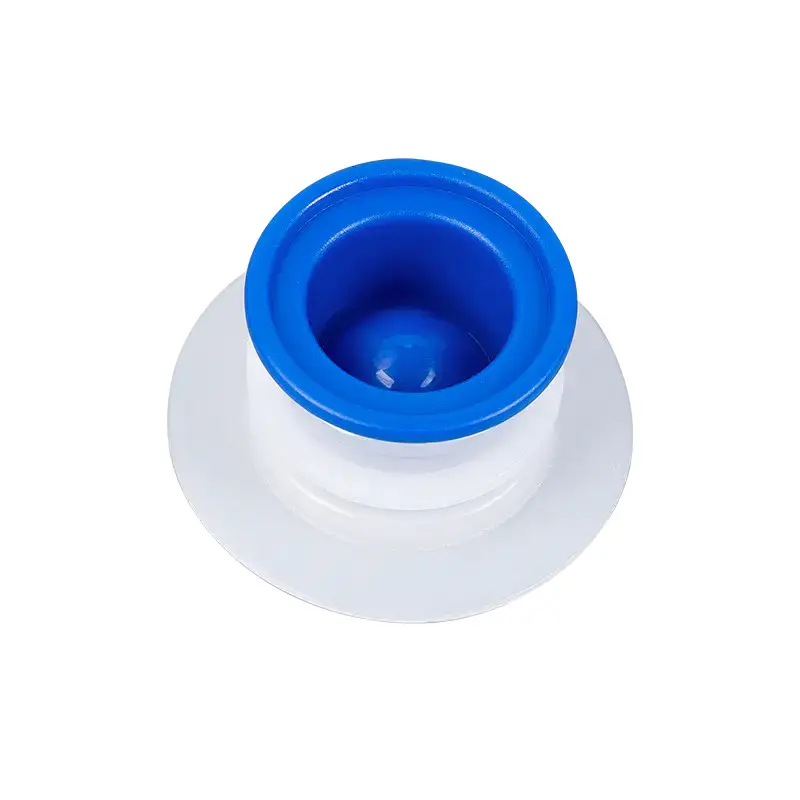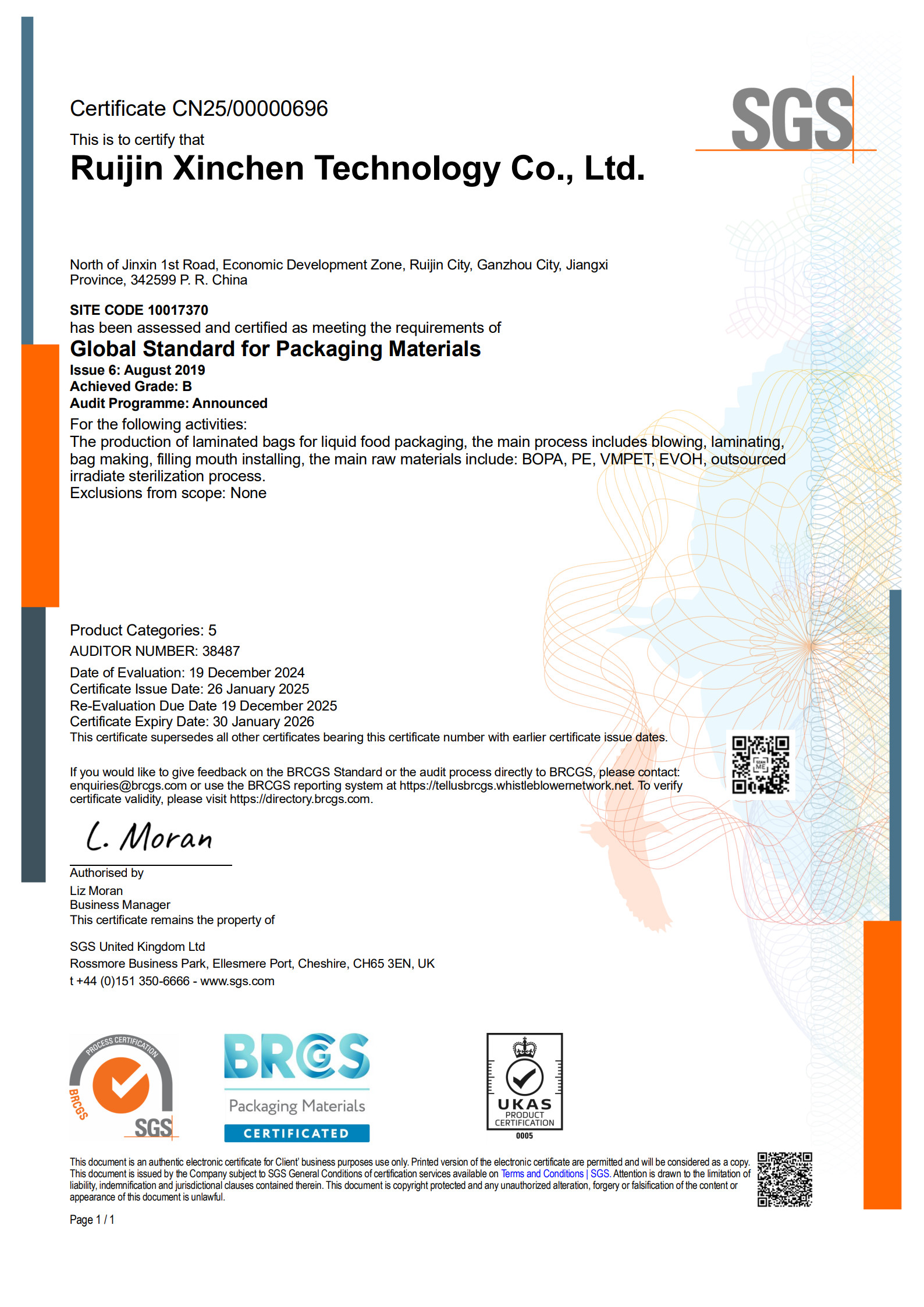
In the modern liquid packaging industry, Bag In Box Liquid Valve is a crucial technology. It not only directly affects the outflow effect, freshness preservation ability and user experience of the product, but also reflects the efficiency and precision in the packaging project. With the increasing requirements for packaging safety and ease of use in industries such as food, beverages, medicine, and chemicals, the design and performance of this component are becoming an important factor in determining the competitiveness of the entire packaging system.
Bag In Box is an innovative form of liquid packaging. It achieves dual protection during transportation and use by packing a flexible inner bag into a sturdy carton or plastic shell. Compared with traditional bottles or barrels, this packaging form has the advantages of smaller volume, more efficient transportation, and more environmentally friendly use. The inner bag is usually made of multi-layer composite materials with excellent barrier properties, which can prevent oxygen and light from entering, thereby extending the shelf life of the liquid. In this system, the role of Bag In Box Liquid Valve is like a precise "gatekeeper", controlling the output and closure of the contents, and is the core of the normal and efficient use of the entire packaging.
An excellent Bag In Box Liquid Valve must first have a high degree of sealing performance. In the field of liquid packaging, especially for products that are sensitive to oxidation, such as juice, wine, and dairy products, once there is a slight leak in the valve, it will cause oxidation and deterioration, seriously affecting the quality of the product. The design of the liquid valve usually adopts a multi-layer sealing structure, and some are also equipped with an automatic closing mechanism, which can prevent air from flowing back into the inner bag even if the user does not completely close the valve after use. The choice of material is also the key to ensuring sealing performance. Food-grade polyethylene, polypropylene, and thermoplastic elastomer materials are often widely used in the sealing part of the valve to ensure safety and reliability.
Operational convenience is another critical performance indicator of the Bag In Box Liquid Valve. Consumers or end users often want to be able to pour out liquids easily and cleanly without worrying about liquid splashing, unstable flow rate, or difficult valve operation. To this end, many liquid valves use innovative handle-type opening mechanisms, or push-type and rotary switch structures. Such a design not only greatly improves the user experience, but also reduces liquid waste and packaging pollution caused by improper operation. In the industrial field, such as in fast food chains or hospital beverage distribution systems, operational efficiency is directly related to service quality and operating costs. Good liquid valves can even support hands-free operation and realize automated docking and liquid outlet systems.
Hygiene should not be ignored either. Bag In Box Liquid Valve is generally kept in the same room with the liquid contents for a long time after packaging. Any possible source of contamination must be completely isolated during the design and manufacturing stages. Manufacturers often complete the production and assembly process of valves in clean workshops and use disposable or easy-to-clean structures to ensure hygiene standards. In addition, in order to cope with the physical and chemical properties of different liquids, some high-end liquid valves also have chemical tolerance and thermal stability, which are suitable for scenarios with extremely high safety requirements such as pharmaceutical solutions and industrial reagents.

 English
English русский
русский